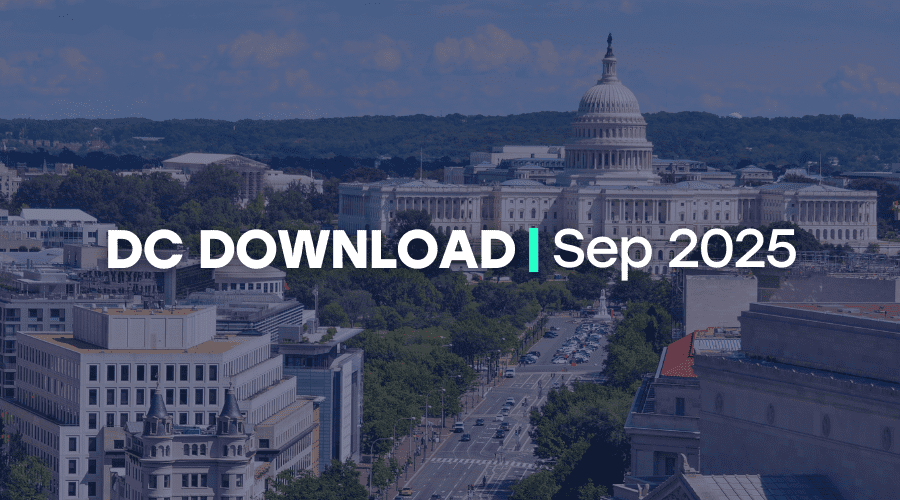Since our June roundup of research, we’ve seen yet more new insightful data and analyses. Our picks for this month’s roundup speaks to issues like kids at risk of not being counted in the 2020 Census, charitable giving under new tax code, employment of individuals with disabilities, and new data from the USDA on the federal nutrition assistance program. Here’s an overview of the newest research that caught our attention.
2018 KIDS COUNT Data Book
Annie E. Casey Foundation puts out KIDS COUNT, their signature publication on state trends in child well-being, every year. The 2018 KIDS COUNT data book stressed a particular issue for which the latest data has important implications: The 2020 Census. Based on the average incidence of the most common reasons for undercounting children, the Casey Foundation estimates that as many as 1 million children under the age of 5 could be the net undercount of the upcoming census. Funding for 300 federal programs is determined by the decennial count of the U.S., including many that affect children in America like Medicaid, food stamps, public school funding, and school lunch programs. So, in addition to its usual rankings of child well-being for each state in key areas, the foundation is using its 2018 KIDS COUNT as a clarion call to push for adequate funding and staffing for the 2020 Census.
More on the report:
• The 2020 Census: Do You Know Where The Children Are?
• Experts Worried That 2020 Census Will Undercount Number Of Children
More on the 2020 Census:
• Voices for Good podcast S3E2: Make the 2020 Census Count
American Voters Project Drop in Charitable Giving in 2018
We have some research of our own to share! During the last week of June, Ben Kershaw and Allison Grayson from our public policy team unpacked the results of a polling effort we took on with help from TargetPoint Consulting. With them, we sought to understand if, and how, giving incentives reduced by new tax code have impacted Americans’ giving habits in 2018 so far. Of the registered voters polled, 35 percent who filed itemized returns last year said they will stop giving or give less in 2018, and 72 percent predict that people in their community will give less to charity this year. The findings confirmed many of the projections outlined in research we released last year with Indiana University Lilly Family School of Philanthropy.
More on the report:
• Poll: American Voters Project Drop in Charitable Giving in 2018
Other news on 2018 charitable giving under new tax law:
• Senators seek data on tax law’s impact on charitable giving
Persons with a Disability: Labor Force Characteristics — 2017
Last month, we shared summaries of several sources of research from the first half of the year on issues of diversity, equity, and inclusion. One of the sources we highlighted was Respectability’s analysis of the latest Disability Statistics Compendium. The good news from the analysis is that the number of individuals with disabilities who entered the workforce in 2016 was up four times from the previous year. However, individuals with disabilities still face many barriers to unemployment. A recent report from the Bureau of Labor Statistics expands on the employment outlook challenges documented in Respectability’s analysis. According to the BLS report, workers with disabilities were twice as likely to be unemployed relative to the general population. Moreover, although a strong economy has yielded higher employment rates for both groups, the disparity between employment rates has widened since 2016.
More on the report:
• People with disabilities are still twice as likely to be unemployed
Supplemental Nutrition Assistance Program: Payment Error Rates
According to data released earlier this month by the Department of Agriculture, the 2017 mispayment rate for the Supplemental Nutrition Assistance Program (SNAP) appears nearly twice as common as states have long reported. The stats have freshly fueled critics who cite fraud or deception by the program’s recipients as a reason to downsize the federal program. The USDA, however, has said that the most common cause of mispayments are caseworker errors, and the most common types of error overall are actually overpayments. The USDA has also emphasized that the higher rate is likely an indication that states are now reporting more accurate data following a two-year series of USDA and DOJ investigations between 2015 and 2017 that found 42 states had not followed proper protocol for reporting mispayments. As of 2017, 42 million people in households with net incomes below the poverty line receive nutrition assistance through SNAP.
More on the report:
• Food stamp mispayments are way up this year. It has nothing to do with fraud.
Giving USA 2018: The Annual Report on Philanthropy for the Year 2017
In last month’s Research Round Robin, we highlighted Giving USA’s most recent annual report on philanthropy. Earlier this month, some of the Indiana University Lilly Family School of Philanthropy researchers behind the report took a deeper dive into the report’s findings in this article for The Conversation.
Add Your Voice
The research summaries above are by no means an exhaustive list of the newest information out there to help us better understand the nonprofit landscape. So if we missed a report you think we should know and share about, let us know by leaving a comment!



